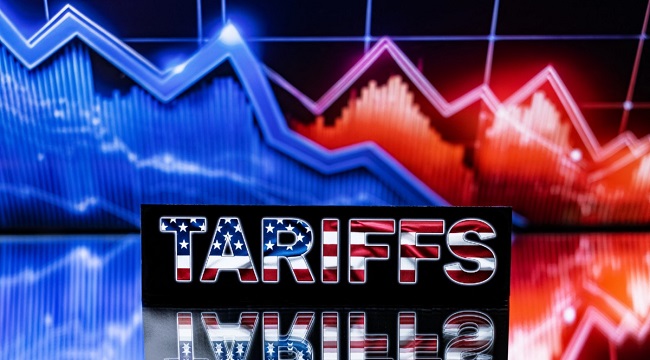Indian exporters sounded alarms over heightened U.S. tariffs set to destabilize their businesses, following former U.S. President Donald Trump’s decision to escalate import levies on Indian goods in response to New Delhi’s ongoing purchases of Russian oil. The move, which has drawn sharp criticism from Indian officials and industry leaders, threatens to reshape trade dynamics between the two nations and casts uncertainty over India’s economic growth trajectory.
Indian stock indices dipped marginally on Thursday, with the Nifty 50 index slipping 0.31% as markets absorbed the immediate implementation of a 25% tariff on select Indian imports. However, tensions are set to intensify: Trump’s executive order, signed Wednesday, will double this rate to 50% within three weeks. The decision directly targets India’s reliance on discounted Russian crude, a critical revenue stream for Moscow amid its war in Ukraine. India, the world’s second-largest buyer of Russian oil, has saved billions through these imports but now faces growing geopolitical friction.
India’s Foreign Ministry swiftly condemned the tariffs as “unfair, unjustified, and unreasonable,” while industry voices warned of cascading economic consequences. S.C. Ralhan, President of the Federation of Indian Export Organisations (FIEO), described the levies as a “severe setback,” noting that 55% of India’s exports to the U.S.—its largest trading partner—stand to be affected. “Exporters now face a 30–35% competitive disadvantage compared to rivals in nations with lower tariffs,” Ralhan stated, adding that numerous orders had already been suspended as buyers rethink supply chains.
The strain is particularly acute for small and medium enterprises, where razor-thin margins leave little room to absorb cost shocks. “This sudden escalation is simply not viable for many businesses,” Ralhan emphasized. With $87.4 billion in goods shipped to the U.S. in 2024, the tariffs risk undermining India’s position as a rising manufacturing hub. Shilan Shah, an economist at Capital Economics, warned that prolonged tariffs could slash India’s GDP growth from 7% to around 6% by 2025, given the U.S. accounts for 2.5% of India’s economic output.
The dispute underscores the precarious balance between India’s economic pragmatism—capitalizing on cheap Russian energy—and its diplomatic ties with Western allies. Analysts caution that escalating trade barriers could strain bilateral relations while dampening investor confidence in India’s export-driven sectors. For now, businesses brace for turbulence as policymakers weigh responses to a decision with far-reaching implications for global trade and emerging markets.
